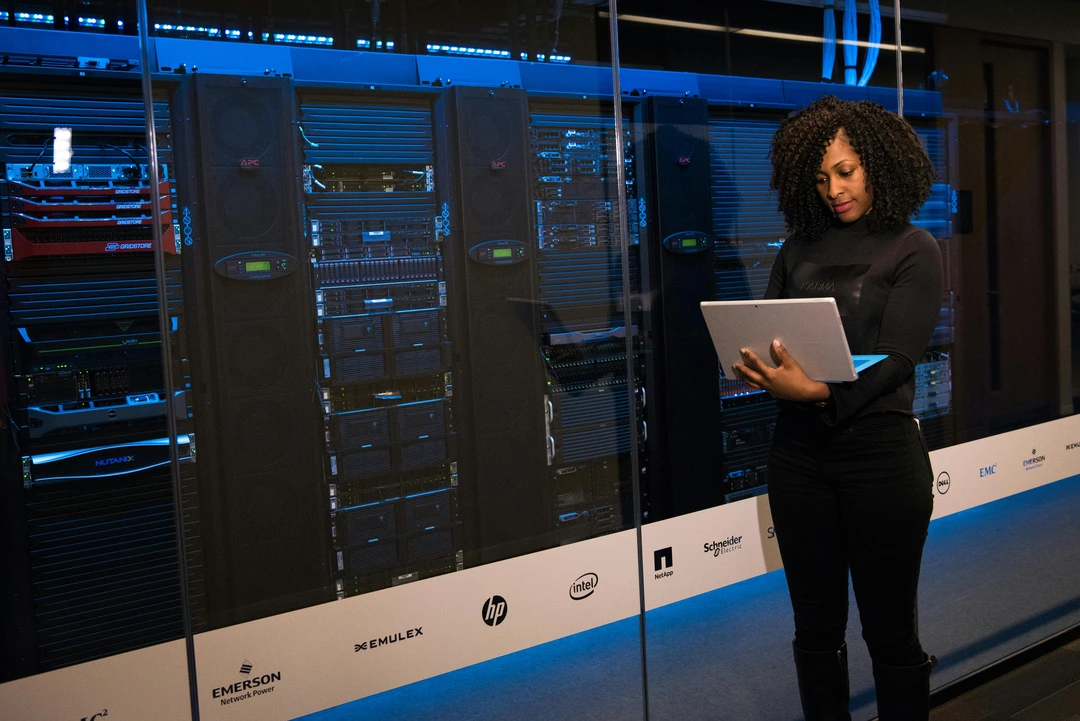Why SQLite Struggles with Concurrent Hangfire Jobs
If you’re using Hangfire for background job processing and have chosen SQLite as your database, you may have run into issues when multiple jobs execute concurrently.
The symptoms might include jobs getting stuck, slow performance, or the infamous "database is locked" errors. In this post, we’ll explore why SQLite struggles under concurrent Hangfire jobs and how you can resolve these issues.

Understanding SQLite’s Concurrency Model
SQLite is a lightweight, file-based database that is designed for simplicity and portability. It operates with a single-writer, multiple-reader concurrency model, which means:
- Multiple reads can happen concurrently.
- Only one write operation can happen at a time.
To enforce this model, SQLite uses database-level locking. When a write operation is initiated, SQLite locks the entire database file, preventing other writes until the first write completes. While this behavior works well for low-throughput applications, it becomes a bottleneck in scenarios where many concurrent writes occur, such as with Hangfire.
How Hangfire Uses the Database
Hangfire is a popular library for background job processing in .NET. It relies heavily on the database to manage its job queue, state transitions, and scheduling. Specifically:
- Enqueuing Jobs: When a new job is created, Hangfire writes to the database.
- Updating Job Status: Job execution often updates statuses (e.g., Enqueued, Processing, Completed).
- Managing Recurring Jobs: Periodic jobs trigger database writes as their schedules are updated.
When multiple Hangfire workers execute jobs concurrently, they frequently read from and write to the database. This can overwhelm SQLite’s concurrency model, as SQLite cannot handle multiple simultaneous write operations.
Why SQLite Struggles with Hangfire’s Workload
Here are the specific reasons SQLite struggles when Hangfire jobs are executed concurrently:
-
File-Level Locking: SQLite locks the entire database file when a write occurs. If two workers try to update job states at the same time, the second worker has to wait for the lock to be released.
-
No Row-Level Locking: Unlike more advanced databases like SQL Server or PostgreSQL, SQLite does not support row-level or page-level locking. This limitation causes contention even for small updates.
-
High Write Frequency: Hangfire jobs involve frequent writes to the database. When multiple jobs execute concurrently, these writes clash and lead to contention.
-
Connection Handling: SQLite does not handle connection pooling efficiently. If Hangfire spawns multiple database connections, it can exacerbate locking issues.
-
WAL Mode Isn’t a Silver Bullet: While SQLite’s Write-Ahead Logging (WAL) mode improves concurrency by allowing reads and writes to happen simultaneously, it still cannot match the scalability of a full-featured database under heavy write loads.
The result? “Database is locked” errors, slow job execution, and overall degraded performance.
Symptoms of SQLite Struggling with Hangfire
When SQLite cannot handle the concurrent Hangfire jobs, you might observe the following:
- Jobs remain stuck in the “Processing” or “Enqueued” state.
- “Database is locked” errors appear in the logs.
- Job throughput decreases significantly.
- The system experiences timeouts due to long-running transactions.
These issues occur because SQLite cannot efficiently handle the contention caused by multiple workers trying to write to the database at the same time.
How to Resolve These Issues
The good news is that there are solutions to address SQLite’s concurrency limitations with Hangfire. Here are your options:
Switch to a Full-Fledged Database
The most effective solution is to use a database that supports concurrent writes, such as:
- SQL Server (recommended for .NET applications)
- PostgreSQL
- MySQL
These databases support row-level locking, connection pooling, and are optimized for high-concurrency workloads.
To configure Hangfire to use SQL Server, for example:
GlobalConfiguration.Configuration.UseSqlServerStorage("YourConnectionString");
Reduce Worker Concurrency
If switching databases is not an option, you can reduce the number of concurrent Hangfire workers to minimize contention:
var options = new BackgroundJobServerOptions
{
WorkerCount = 1 // Limit to a single worker
};
new BackgroundJobServer(options);
While this reduces write conflicts, it also limits the throughput of your background job processing.
Enable WAL Mode in SQLite
WAL (Write-Ahead Logging) mode improves SQLite’s ability to handle concurrent reads and writes. To enable it, execute the following command:
PRAGMA journal_mode = WAL;
While this improves performance, it does not eliminate the fundamental limitation of SQLite’s single-writer model.
Optimize Hangfire Storage Usage
Minimize unnecessary writes to the database. For example:
- Combine related jobs into a single job to reduce enqueuing overhead.
- Reduce the frequency of job status updates.
Conclusion
SQLite is an excellent database for lightweight applications, but it is not designed for high-concurrency workloads like those created by Hangfire. Its file-level locking and single-writer limitations make it a poor fit for scenarios where multiple jobs execute concurrently and perform frequent database writes.
For production environments where Hangfire processes a significant number of background jobs, the best solution is to switch to a robust database like SQL Server or PostgreSQL. This will ensure better performance, scalability, and reliability for your background job processing.
If you’re unable to switch databases, reducing worker concurrency and enabling WAL mode can help mitigate the issues, but these are only temporary workarounds.
By understanding SQLite’s limitations and Hangfire’s behavior, you can make informed decisions to improve the performance and reliability of your background job processing system.
Have you faced similar issues with SQLite and Hangfire? How did you resolve them? Share your experiences in the comments below!
If you would rather have a professional team do the heavy lifting for you, or have any questions please feel free to contact Team Brookvale here.
